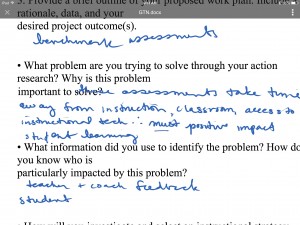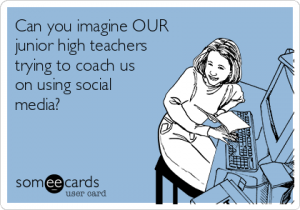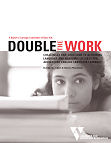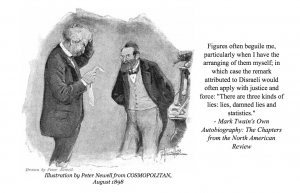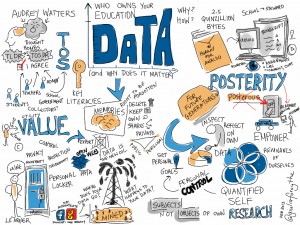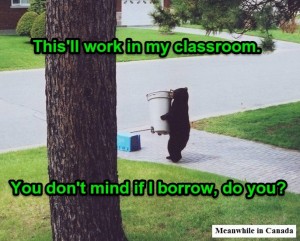
Edited with Skitch
According to dummies.com, it does make sense to steal third with two outs if you are a proficient base thief because it offers you nine more opportunities to score.
Some might suggest that great teachers are also great thieves. We’re always looking for new ideas and thinking how can we incorporate them into our own classrooms. I had a principal once who said that if you could take one new idea away from a professional development session, then it was worth attending. When I attend a PD session, I’m not only thinking about how I can use the topics presented in my classroom, but I’m also looking for ideas to borrow in how the presentation was delivered.
Below are some bases that I’ve stolen from my Kenan Fellowship experience and incorporated into my teaching.
Blogging
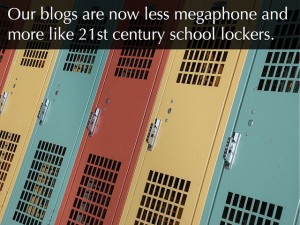
http://www.flickr.com/photos/darrendraper/3199912709/
I had a blog before my Kenan Fellowship, but after the first PD Institute I knew it needed a major renovation. Before the blog felt more like an electronic journal, now I’m working on making it more visually appealing and more like a dialogue. I have teachers in my school who are interested in getting their students blogging, and I’m sharing these tips with them as well. I’ve also started a blog as a way to recognize teacher leaders in our school. The hope is that these teachers will also write a guest post, and we can share all the posts on the school twitter account that our assistant principal set up.
Blendspace (formally known as Edcanvas)

I love web-based tools that I can use to organize my classroom. When I had to teach at two different schools each day, I would have to plan at one school and then drive to other school to teach that lesson. Web-based tools made that so much easier. So, when Patricia Coldren presented her “Kenan Talk” on Edcanvas, I was super excited to try it out. The company has since changed their name to Blendspace. I have used Blendspace to organize and deliver two different staff development sessions. Very cool. Thanks, Patricia.
Problem-based Learning
During this session, the presenter kept changing the rules of the activity, which of course made the task harder to complete, but it also sharpened the focus of the participants. Recently, I was leading a cooperative learning training with elementary teachers. I was presenting at the end of the day after two other presenters. By the time it was my turn, the teachers were losing focus and I was running out of time. So in the middle of a jigsaw activity, I changed the rules on the participants and took time off their clock because of an “unannounced fire drill”. They refocused and got the activity done in the allotted time. I’m now sharing this little trick with the beginning teachers I mentor who want to incorporate cooperative learning in their classrooms.
Schoolnet in Home Base
Home Base has been great for some districts and their teachers, and not so great for others for a variety of reasons. I’m not going to get into that, but I will say that I have spent hours creating lessons and units in Schoolnet trying to find the best way to marry my district’s lesson plan template with Schoolnet. After some trial and error, I have found a few features that I think teachers are going to love. I can’t wait to share these tips with other teachers.
Photo Credits:
darrendraper via photopin cc


